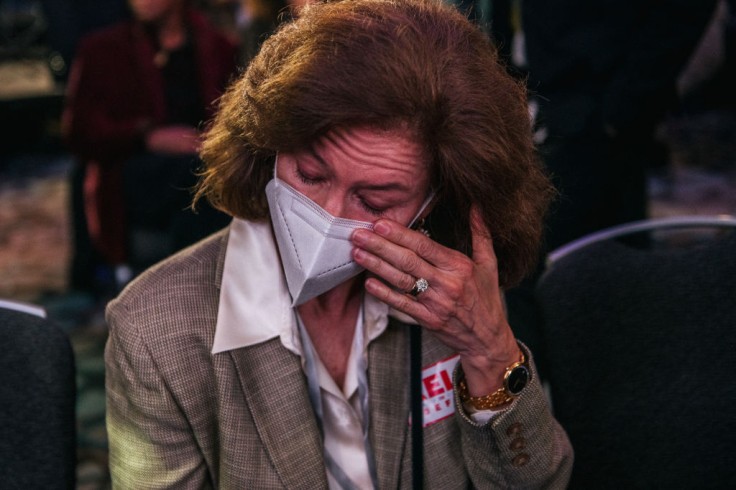
As the COVID1-19 pandemic hit every corner of the world, more and more people are forced to work and study at home, exposing them to more screen time and potentially eyesight risks.
A recent study from a British-based eye health charity organization, Fight for Sight, revealed 38% of 2,000 adult respondents believe their eyesight had worsened thanks to the lockdown. One if five people are now less likely to get an eye test now than pre-pandemic, in fears of catching the coronavirus.
"More than half of all cases of sight loss are avoidable through early detection and prevention methods. Regular eye tests can often detect symptomless sight-threatening conditions," says Sherine Krause, a chief executive of Fight for Sight, as reported by the BBC.
The charity also urges people not to avoid eye appointments, as most eye clinics that conduct proper tests are still open amidst the lockdown. In some severe cases, surgery is needed to replace retinal detachment and receive monthly injections to prevent their sight from deteriorating and losing it altogether.
Alarming Risks
Previously, the UK Ophthalmology Alliance and the Royal College of Ophthalmologists estimated that at least 10,000 people throughout England, Wales, and Scotland have missed their essential eye cares and are at risk of irreversible damage.
As reported by the BBC in June 2020, specialists from the foundation found that in some cases, many patients chose not to attend such appointments for fears of catching COVID-19. Most of them are older-aged people with age-related macular degeneration (AMD), diabetic retinopathy, and retinal detachment.
"If you're being asked to come in at this time it's because it's really important and you are at risk of permanent harm. This is one of the unrecognised costs of the pandemic," Krause added.
What to Do?
To protect eyesight, Fight for Sight advises people to apply the "20-20-20" rule: look at something 20 feet away for 20 seconds every 20 minutes of screentime.
Children are said to face the worst risk of developing eyesight problems from such a young age. As most schools are implying online education, kids spend hours in front of the screen more than ever. Low sleep quality, obesity, and poor development outcomes are three of the laundry-list problems caused by developing such adverse effects.
Although no permanent damage is being done to the eyes due to digital eye strain (DES), the condition has painful symptoms like dry eyes, itchy eyes, and blurry vision if you don't let your eyes relax and reset.
Another thing you may do is to set a timer to remind the 20-20-20 rule. Alternatively, you can opt to read a physical book from an e-book and pre-mark them with a paperclip every few chapters to avoid eye strain.









